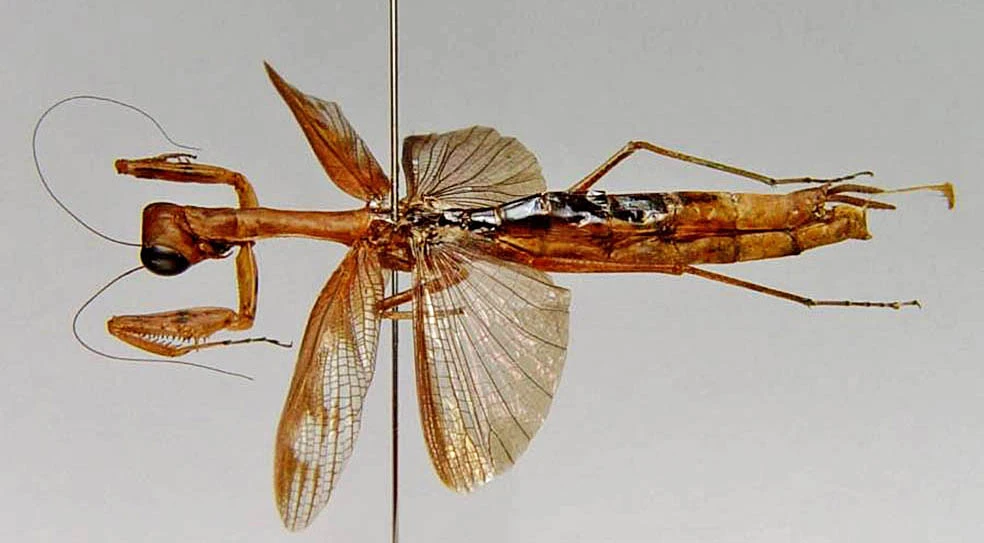Manchester is one of the well-known cities in north England, where one can see a lot of pests, which can pose health risks and also cause damage to property.
If you are too concerned about pests while living in Manchester, it is better to explore options for pest control.
You may seek the services of an independent family-operated company called pest control Manchester, which serves the Manchester area with its comprehensive pest control services.
The following are a few different types of pests that you can find in Manchester.
1. Ants, Bees and Wasps
Wasps, bees, and ants belong to one of the largest insect orders, with over 130,000 described species and more yet to be identified.
While not all are considered pests, their abundant presence in Manchester and the discovery of new species can be perceived as a persistent nuisance.
2. Bed Bugs
Bedbugs, part of the Cimicidae insect family, are small, parasitic creatures that feed on the blood of humans and warm-blooded animals.
Active mainly at night, they are adept at feeding unnoticed. They may also inhabit carpets and areas where hosts are present.
3. Cockroaches
Cockroaches, adaptable to diverse environments worldwide, thrive in warm indoor conditions. Female cockroaches carry egg cases holding 30-40 eggs. The nymphs hatch as bright white, air-filled organisms, darkening within hours.
Cockroaches can live up to a year, with females capable of producing eight egg cases in their lifetime. In favourable conditions, a female may yield 300 to 400 offspring.
Some cockroach species, while laying an exceptionally high number of eggs, require only one impregnation to lay eggs throughout their entire lifespan.
4. Fleas
Fleas, external parasites, feed on the blood of mammals and birds. Initially linked to flies, recent evidence indicates they likely descended from flightless snow scorpionflies. Approximately 2000 flea species are recognized globally, with local species counts yet to be fully determined.
5. Flies
Comprising approximately 120,000 worldwide species, this group, a significant insect order ecologically and for humans, includes numerous beneficial species vital to local ecosystems. However, only a few dozen are linked to human habitats, with a handful recognized as pests.
Flies, adapted for flight, feature streamlined bodies and mobile heads with large compound eyes. Their short antennae reduce drag. With liquid-only diets, flies pre-digest solid food by spitting out saliva and re-ingesting semi-digested material, vomiting and reprocessing it.
6. Rodents
Rodentia, commonly known as rodents, constitutes a mammalian order identified by continuously growing incisors in the upper and lower jaws. Essential for gnawing, these incisors have enamel on the outside and self-sharpen due to exposed dentine.
Rodents lack canines and feature a gap between incisors and premolars. Their incisors serve various purposes, including cutting wood, biting fruit, and defence.
People often think that they can easily treat these pests in a DIY way. However, they often end up creating more problems for them.
There are few products available in the market containing a very poor percentage of insecticide. Using these is a waste of time and money. It is always better to seek professional services to control these pests.





